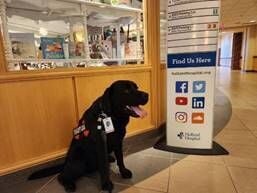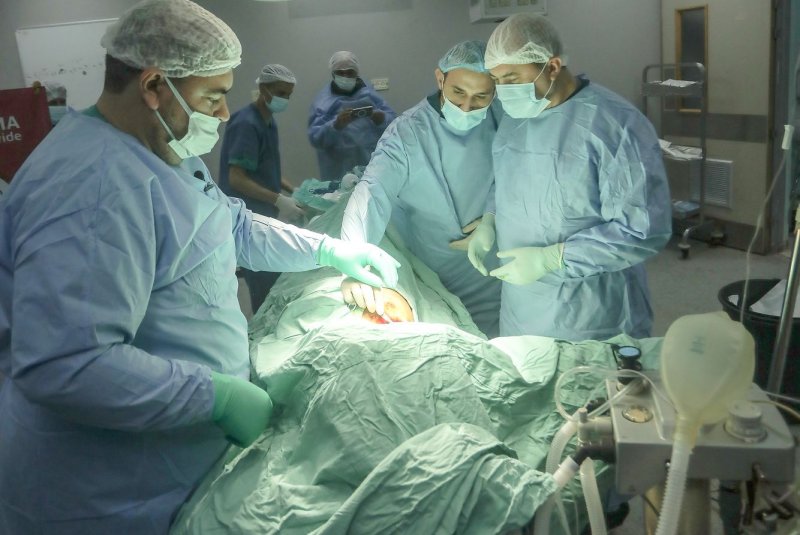Remote monitoring has been shown to significantly enhance recovery outcomes for cancer patients following surgery, according to a recent study published in the journal npj Digital Medicine. The research indicates that patients whose symptoms were monitored remotely experienced a quicker recovery than those who did not receive such support.
The study, led by Tracy Crane, director of lifestyle medicine, prevention, and digital health at the University of Miami’s Sylvester Comprehensive Cancer Center, involved 293 participants undergoing major abdominal or pelvic surgeries for various cancers, including gastrointestinal, genitourinary, and gynecologic types. Crane emphasized the importance of the initial two weeks after discharge, stating, “Remote care helps bridge the gap between hospital and home, catching issues early and supporting recovery.”
For the study, each patient was provided with a wristband to monitor their daily step count alongside a smartphone app for reporting post-operative symptoms. The findings revealed that increased physical activity correlates positively with improved recovery outcomes.
The patients were divided into two groups: one half received active remote telemonitoring, where triage nurses tracked their reported symptoms and step data, reaching out when issues arose. The control group only received automated messages prompting them to contact the hospital if their symptoms worsened. Crane noted, “We designed this study to reflect real-world conditions. Our goal was to ensure the intervention was feasible and meaningful for patients and providers.”
Results indicated that patients who benefitted from active remote monitoring achieved a 6% improvement in functional recovery by two weeks post-surgery compared to their counterparts. Additionally, they experienced fewer major complications, better symptom management, and less disruption to their daily activities.
Crane characterized the results as a “call to innovate,” highlighting that numerous devices are already available to monitor patients’ vital signs during home recovery. She stated, “Tomorrow’s providers should be comfortable with data streams from connected devices to harness these data and collaborate across disciplines, putting patients at the center of every decision. Technology can help us do this.”
The research team advocates for future studies to explore the most effective forms of monitoring tailored to specific surgical procedures and cancer types. For further information on recovery from cancer surgery, the American Cancer Society provides additional resources.
This research underscores the potential of technology in transforming patient care, particularly in the critical post-operative phase where timely intervention can significantly influence health outcomes.








































































